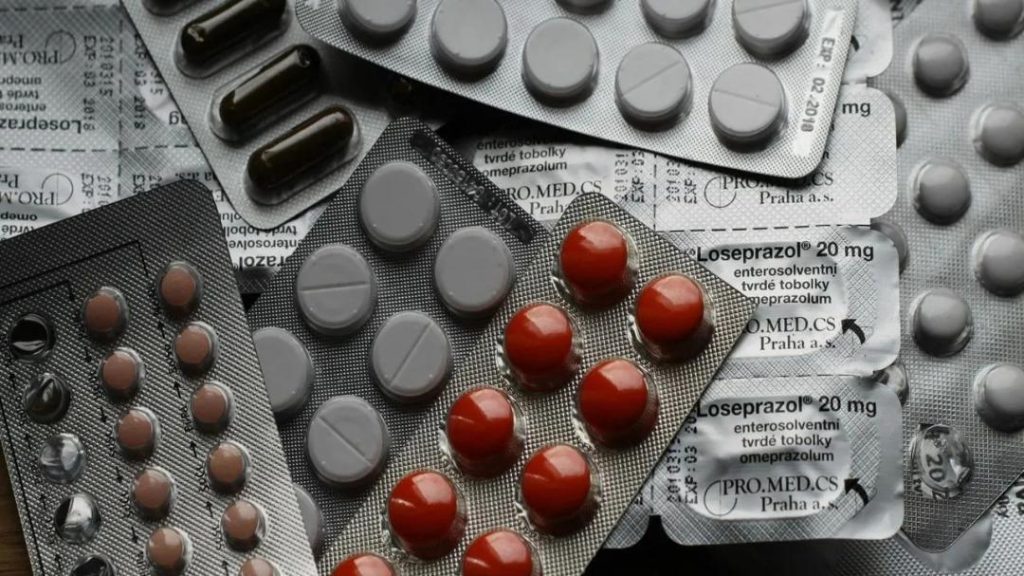
Indian Drugs Linked to 54% Higher Severe Side Effects: Study
The world relies heavily on generic drugs to treat various medical conditions, and India is one of the largest suppliers of such drugs. However, a new study has raised concerns over the safety of generic drugs manufactured in India. According to the study, Indian generic drugs are linked to a significantly higher number of severe adverse events compared to generic drugs produced in the US.
The study, published in the Journal of Clinical Pharmacy and Therapeutics, analyzed data from the US Food and Drug Administration (USFDA) and found that Indian generic drugs are associated with a 54% higher rate of severe adverse events. This is a concerning finding, especially considering that over the past five years, more than 40 Indian pharmaceutical firms have received warning letters from the USFDA.
India supplies approximately 60% of the world’s vaccines, and its generic drug industry is a major player in the global market. However, the country’s lack of strict regulatory oversight and inadequate manufacturing standards have raised concerns about the quality and safety of its drugs.
The study’s findings are based on an analysis of 1,435 adverse event reports filed with the USFDA between 2014 and 2018. The researchers found that Indian generic drugs were associated with a higher rate of severe adverse events, including anaphylaxis, Stevens-Johnson syndrome, and toxic epidermal necrolysis.
The study’s lead author, Dr. Jason Lazarus, a researcher at the University of Maryland, said in a statement, “Our findings suggest that Indian generic drugs may be more likely to cause severe adverse events than US-manufactured generic drugs. This is a concerning finding, especially considering the widespread use of Indian generic drugs globally.”
The study’s results are not surprising, given the well-documented issues with India’s pharmaceutical industry. In 2018, the Indian government launched an investigation into the country’s pharmaceutical industry after a series of scandals involving substandard and counterfeit drugs.
In recent years, India has faced several challenges, including a lack of investment in its pharmaceutical infrastructure, inadequate regulatory oversight, and a shortage of skilled personnel. These challenges have led to concerns about the quality and safety of Indian generic drugs.
The Indian government has taken steps to address these concerns, including the establishment of a new regulatory body, the Central Drugs Standard Control Organization (CDSCO). However, more needs to be done to ensure that Indian generic drugs meet international standards of quality and safety.
In the meantime, patients who rely on generic drugs may want to consider the source of their medication. While generic drugs are often cheaper and just as effective as brand-name drugs, they may not be as safe. Patients should always consult with their healthcare provider and carefully review the label and packaging of their medication to ensure that it is safe and effective.
The study’s findings are a wake-up call for the Indian pharmaceutical industry, which must take immediate action to address the concerns about the quality and safety of its drugs. The industry must invest in improving its manufacturing standards, increasing transparency, and ensuring that its drugs meet international standards of quality and safety.
In conclusion, the study’s findings are a concern for patients and healthcare providers around the world. The Indian pharmaceutical industry must take immediate action to address the concerns about the quality and safety of its drugs. Patients who rely on generic drugs must be aware of the risks and take steps to ensure that their medication is safe and effective.



